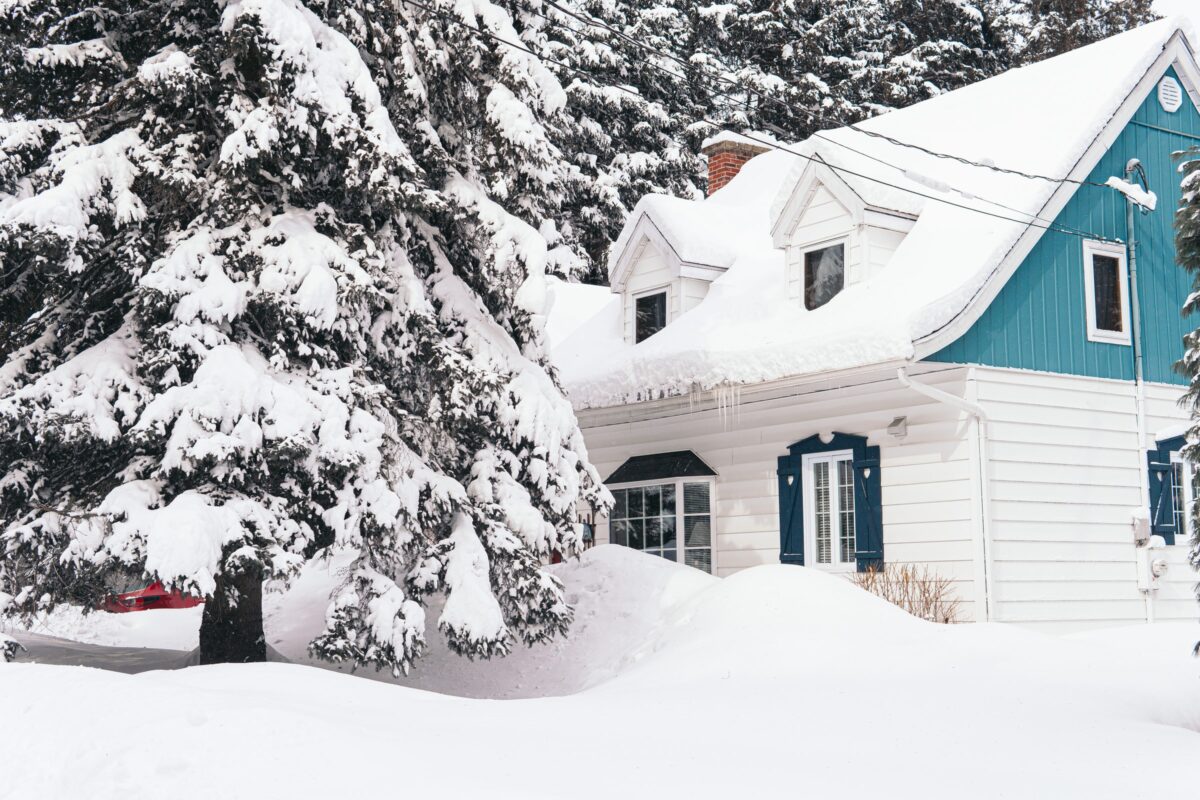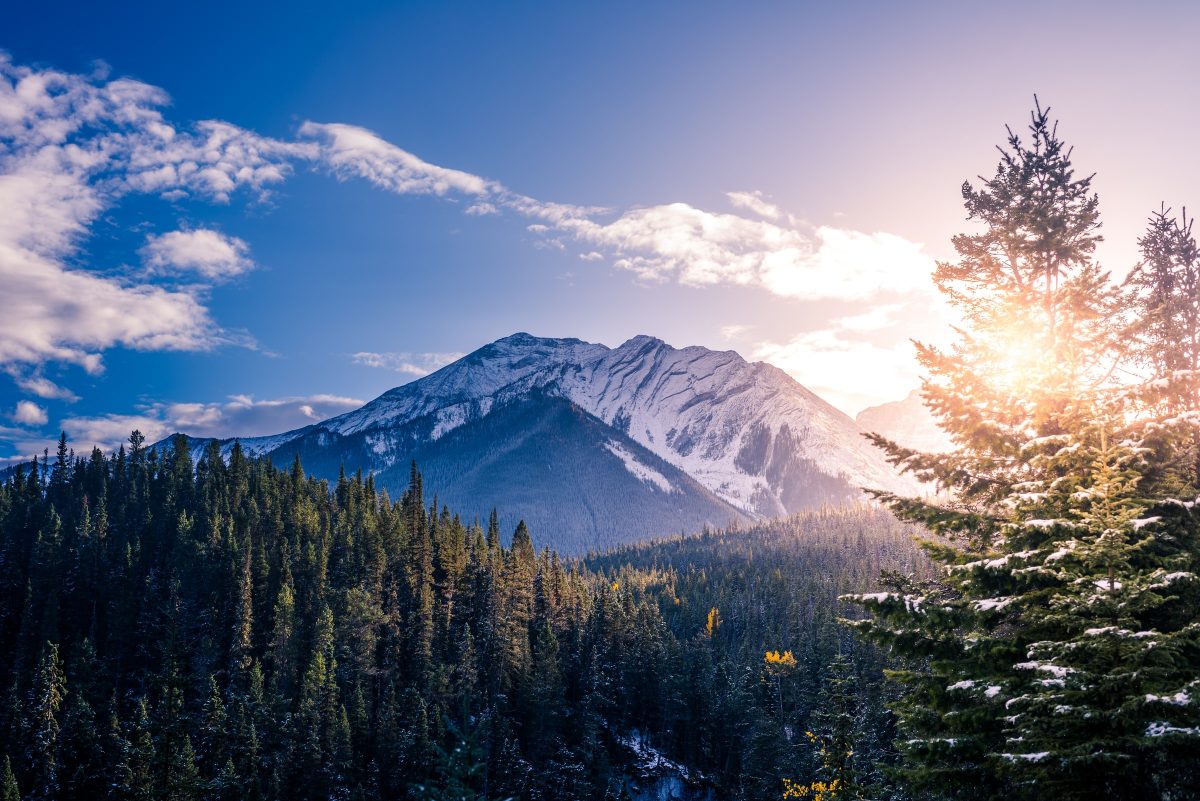Most of us use the parks as areas for cycling, camping and nature enjoyment. Yet more and more communities are planting “food forests” not only to walk through but to cultivate fruit and vegetables.
At the Cowichan Green Community Food Forest in Duncan, B.C., tourists will amble through green microclover pathways in the shade of large-leaf maple trees to collect grasses such as rosemary and savory, vegetables such as asparagus, as well as fruits like salmonberries, oranges, plums, kiwis and figs — free of charge.
“It’s quite the jungle right now,” said Janice MacKirdy, who runs the garden for the non-profit Cowichan Green Community Society, an environmental group focused on food security.
The nearly one-acre plot draws families who fill their baskets during berry season and is a haven for employees in the city center and a peaceful thoroughfare. The neighborhood organization is now utilizing the crop for seniors in its Meals on Wheels initiative and offering it at its “reFRESH shop,” which preserves excess and easily unused perishable produce.
Similar edible scenery is developing around the nation from Hay Valley, N.W.T. to Sudbury, Ont.
Red Deer, Alta., has no fewer than eight community orchards and food reserves, established since 2011, where the public can collect nuts such as hazelnuts and walnuts, and fruits such as haskap berries, cherries, apples and plums.
“This is an amazing activity to get people interacting with nature,” said Trevor Poth, parks superintendent for the City of Red Deer.
Both Poth and MacKirdy claim urban food forests appear to be more appealing to citizens who would not usually go camping or using community gardens, which involve more effort and personal attention.
Although the main aim of Red Deer is to establish a healthy supply of local food, these woods can provide other advantages, such as attracting and maintaining birds and pollinators.
In collaboration with schools or neighborhood organizations, the city is seeking to plant them to improve resources to teach the public on where their food comes from and what can be produced locally.
“You teach kids…what berries they can eat off what tree,” Poth said. “Those kids go home and they tell their parents, and then the parents plant cherry trees in their backyard and they plant haskap and they plant apple trees. So we’re really trying to be the driver of change.”
He said that although other towns secretly placed edible plants along roadways, Red Deer is “quite pushy, in fact, about sharing our knowledge of what we can grow.” It has precise maps showing exact positions and edible plant varieties.
Poth said exposure to this new, local food during the pandemic had a significant effect on people’s physical and mental wellbeing, prompting others to search for outdoor activity close home.
“People are happy or they feel more self-sustaining, and it’s been an excellent thing this year. It’s been one of the great positives, I think, that’s come out of coronavirus.”




